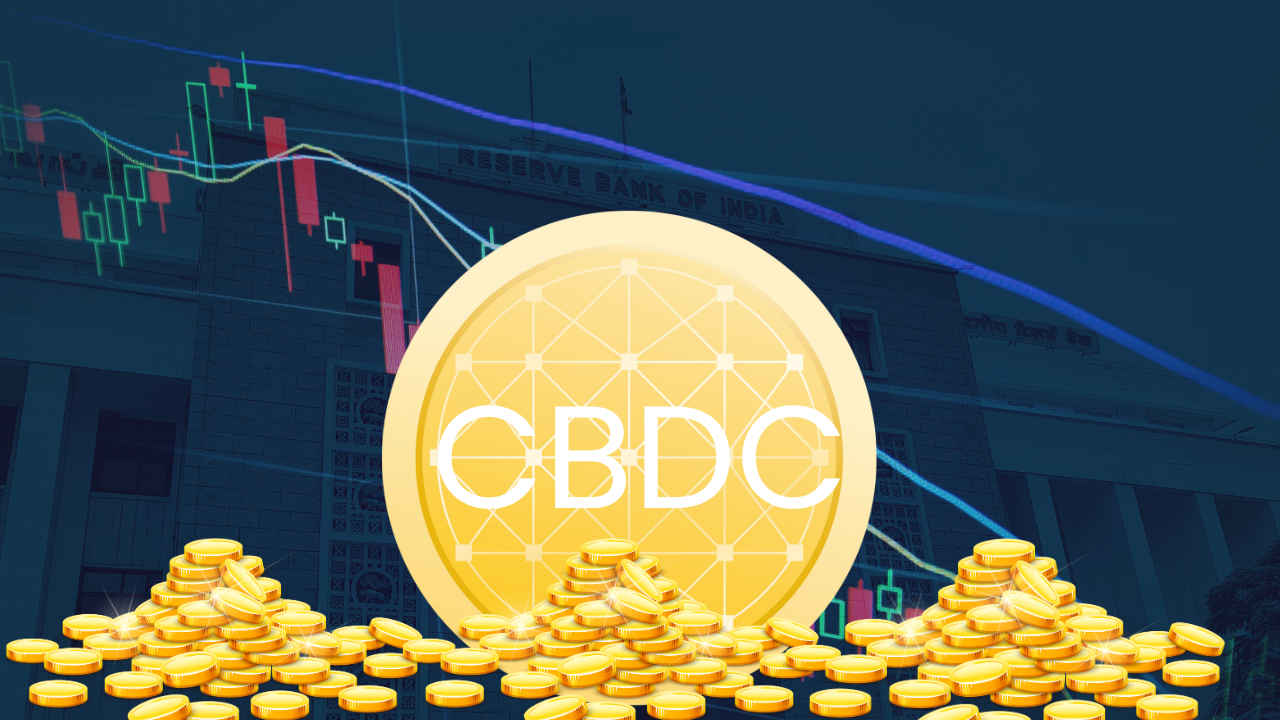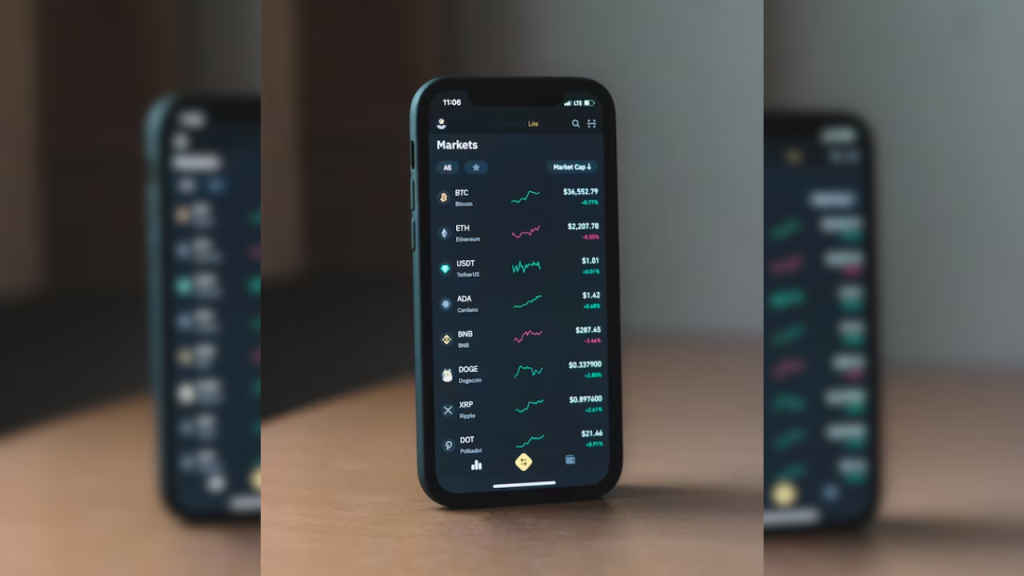Central Bank Digital Currency (CBDC): What it is, how to purchase it, and more

Digital Rupee is limited as it's still in a pilot phase in India.
It could be accessible through digital wallets provided by banks and other authorised institutions.
CBDC could be soon accessible through digital wallets provided by banks and other authorised institutions.
Have you heard about CBDC? If not, let me tell you. CBDC or the Central Bank Digital Currency is just a digital version of a country’s fiat currency. If you are wondering what are its benefits, how it is different from other currencies, and how you can purchase it? Then you are in the right place, I am going to take you through almost everything you need to know about CBDC.
First things first, let’s talk about what is CBDC.
What is CBDC?
As I mentioned above, CBDC is a digital currency. This is issued and backed by the central bank or the RBI. In simple terms, it is just like paper money. In India, we call it the Digital Rupee (e₹). Central banks are the ones that create them. These banks help the government and commercial banks with financial services, make money decisions, and release currency. In addition to that, RBI explained, “CBDC is the legal tender issued by a central bank in a digital form. It is the same as a fiat currency and is exchangeable one-to-one with the fiat currency. Only its form is different.”
Now if you are wondering how you can purchase it, here’s the answer.
How to purchase CBDC in India?
Since this is a relatively new concept in India, the Digital Rupee is limited as it’s still in the pilot phase. It was first launched in December 2022, in both the wholesale and retail segments. However, it is limited to a closed user group and selected banks. So, the general public, that’s you and me, cannot directly buy it just yet.
But we can track this through plenty of platforms.
Where can we track CBDC?
- Reserve Bank of India (RBI) website: The RBI provides essential information about the Digital Rupee and its progress through notifications and press releases.
- News and media: News and even social media are good tools to track the development and when you can purchase it.
- Participating banks: Banks that are a part of the pilot phase might also share key details through their channels.
From the information available so far, it is expected that when the Digital Rupee goes public, it could be accessible through digital wallets provided by banks and other authorised institutions. As far as the purchase process goes, it could be similar to transferring funds through existing digital wallets or online banking platforms.

Also read: CBDC vs Cryptocurrency, e-Rupee vs UPI, and other FAQs about Digital Rupee explained
- We still don’t know when the Digital Rupee will be available to the general public.
- There’s a good chance that during the initial stages, the Digital Rupee might be offered only through limited banks or digital wallets.
- There could be specific regulations and restrictions that might be associated with it as it will be relatively new.
We will notify you as and when we get more information about the Digital Rupee. Until then, let me share some more things with you.
Which bank will issue the Digital Rupee?
RBI has been in discussion with eight banks that could issue CBDC. These banks will most likely include ICICI Bank, State Bank of India, IDFC Bank, Yes Bank, HDFC Bank, Kotak Mahindra Bank, Union Bank, and the Bank of Baroda
Also read: The origins of cryptocurrency
What are the benefits of CBDC in India?

Let’s look at some possible key benefits of the Digital Rupee:
Financial Inclusion: Traditional banking services are yet not available to a significant amount of the population in India. With the introduction of the Digital Rupee, there is a great chance that users get a user-friendly and low-cost option, allowing them to have greater control over their finances.
Efficiency and Cost Reduction: The CBDCs route will be much faster and will not require intermediaries and could in turn reduce transaction costs significantly.
Monetary Policy Control: Through the CBDCs, there is a good chance that the Central Bank or the RBI can have better control over the money supply. This will eventually lead to more effective implementation of monetary policy and economic stabilisation measures.
How will CBDC enhance the security?
Scams and thefts are a big concern for us. With the introduction of the CBDCs, we could get a more secure and transparent digital record of transactions. This will make it difficult for fraudsters and scammers to operate. It might help in protecting the consumers and in turn, increase the trust.
What is the difference between Digital Rupee and UPI?
The digital rupee works a little differently than the UPI. When you use it, the tokens are immediately debited from the sender’s account and credited to the receiver’s account, just like a cash transaction. There’s no need to wait until the end of the day for the banks to handle the transfer.
Well, to conclude, CBDCs are in a very early stage in India right now and we should wait and see how it develops and benefits us.
Mustafa Khan
Mustafa is new on the block and is a tech geek who is currently working with Digit as a News Writer. He tests the new gadgets that come on board and writes for the news desk. He has found his way with words and you can count on him when in need of tech advice. No judgement. He is based out of Delhi, he’s your person for good photos, good food recommendations, and to know about anything GenZ. View Full Profile




